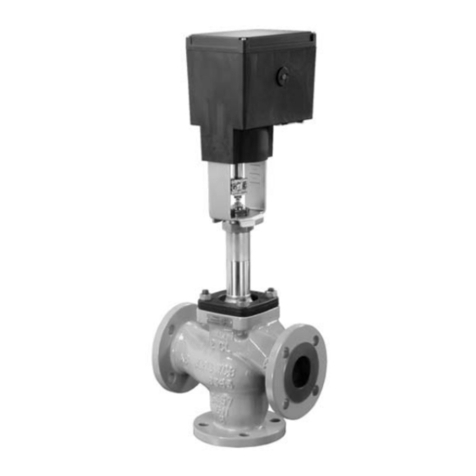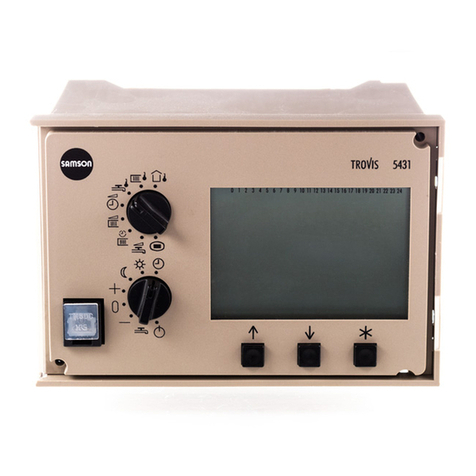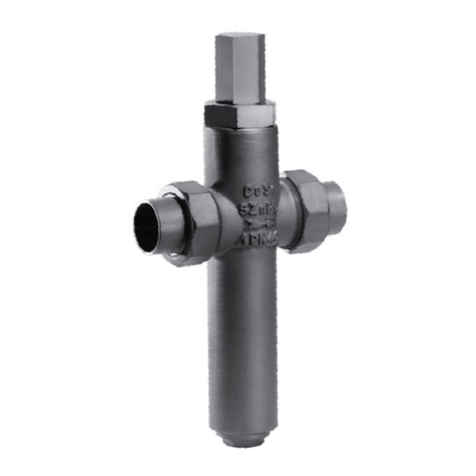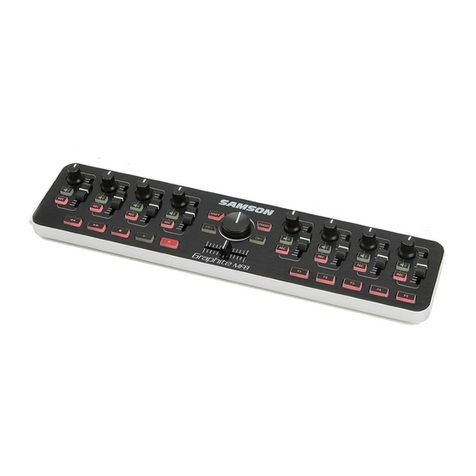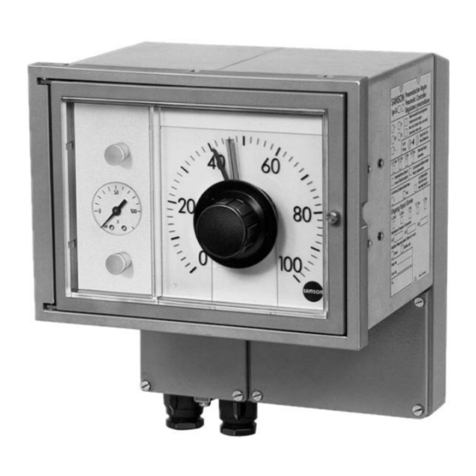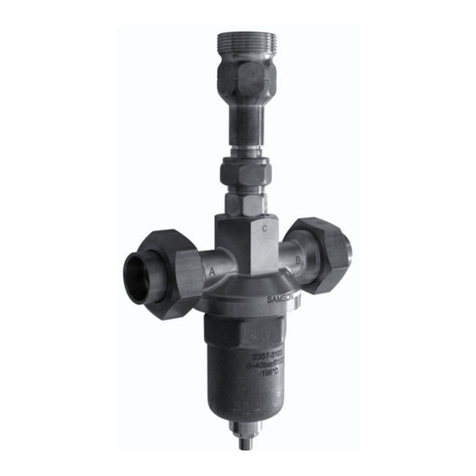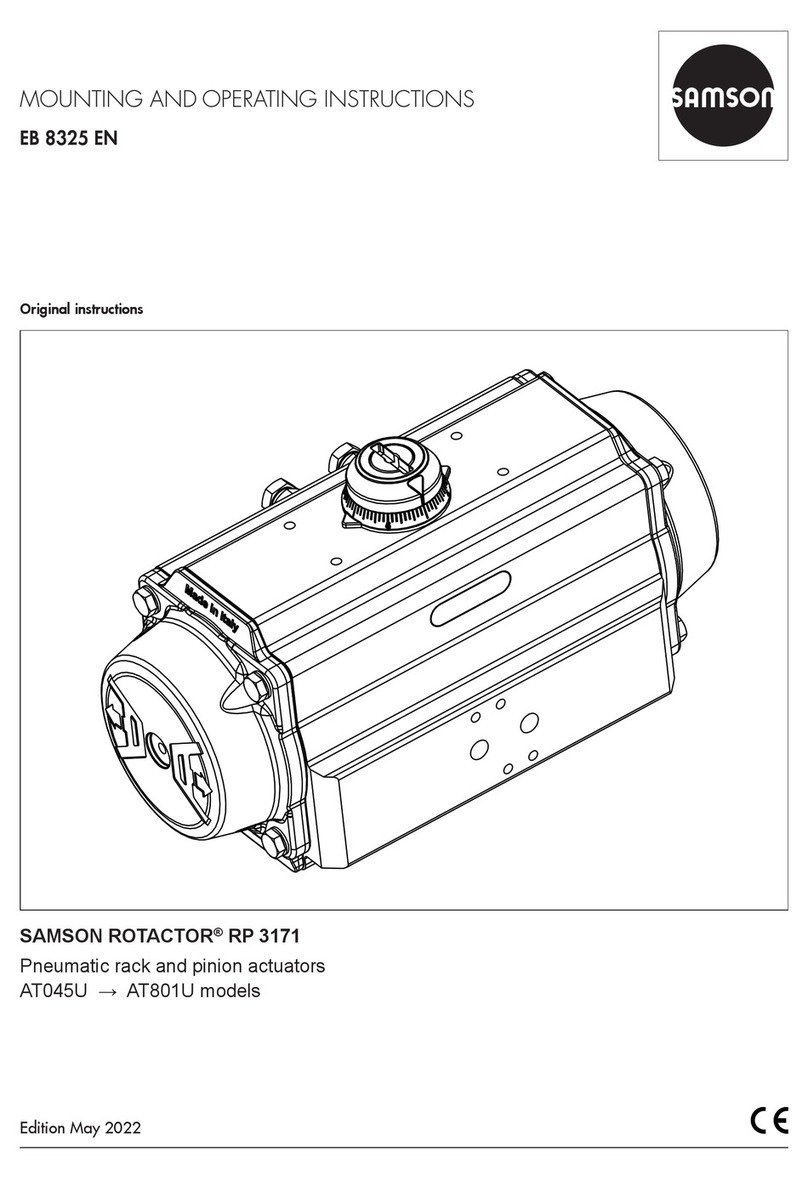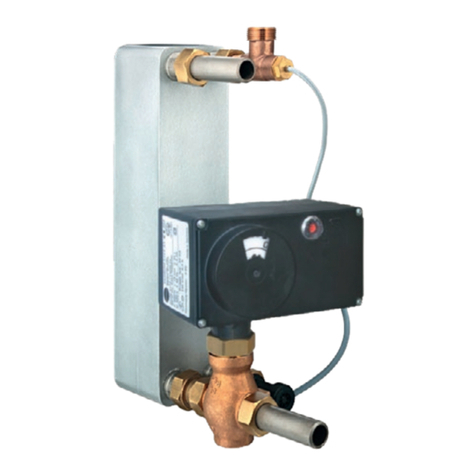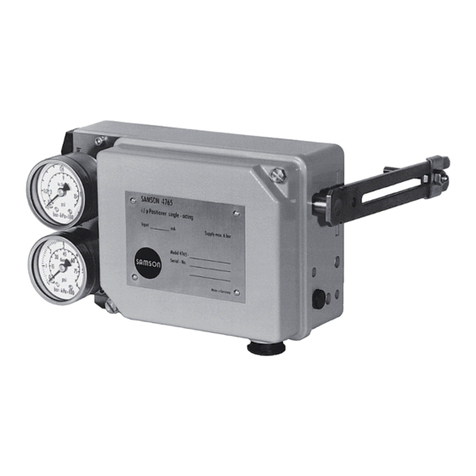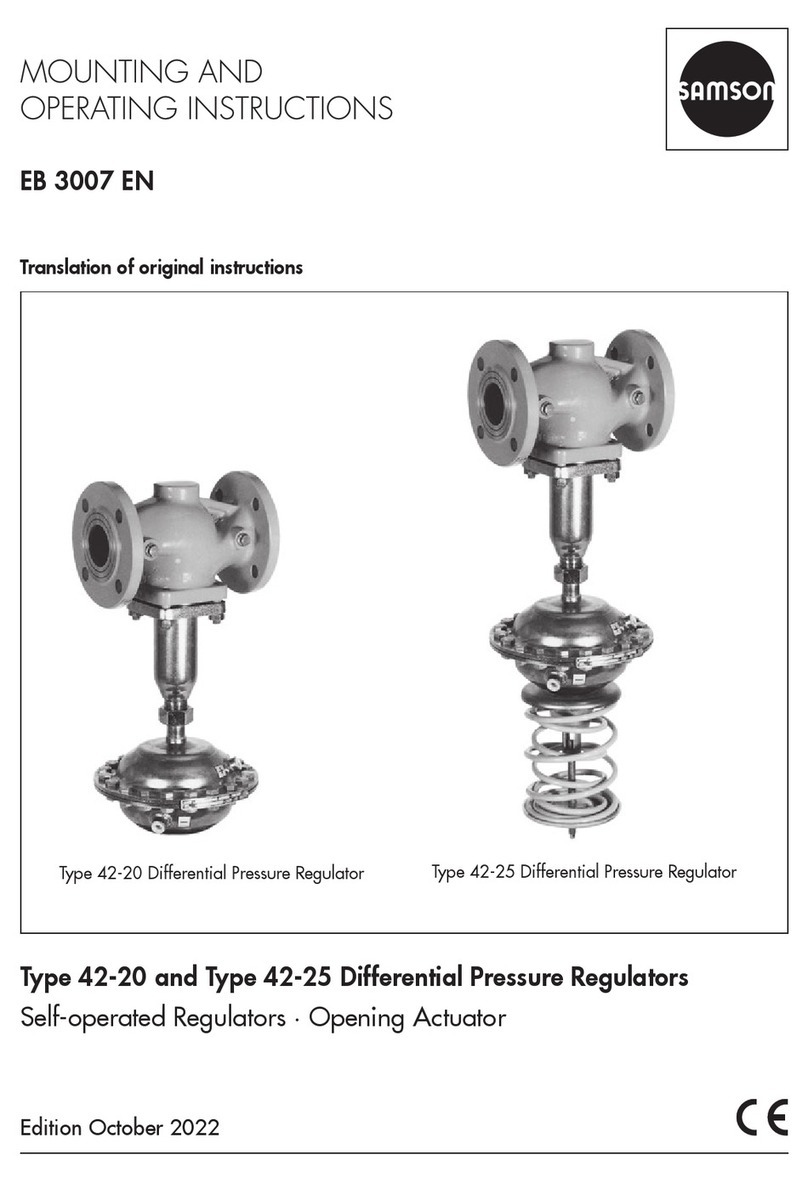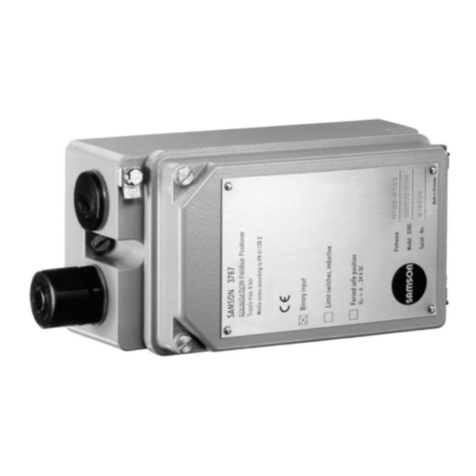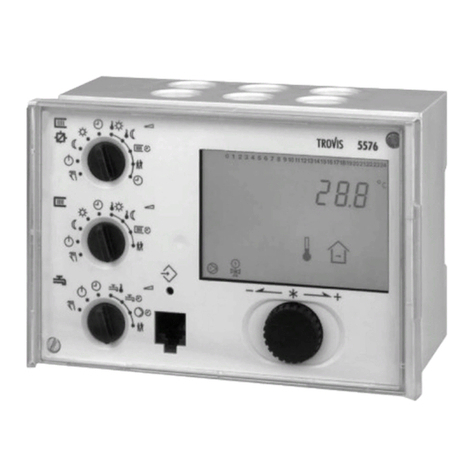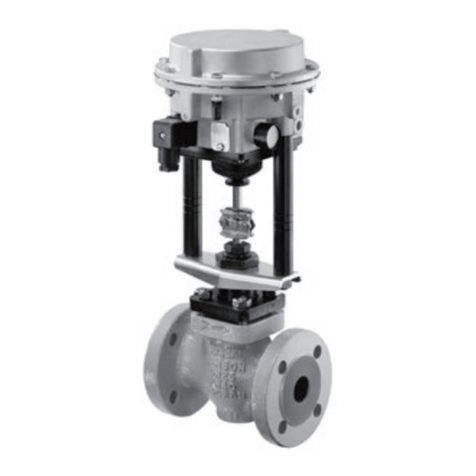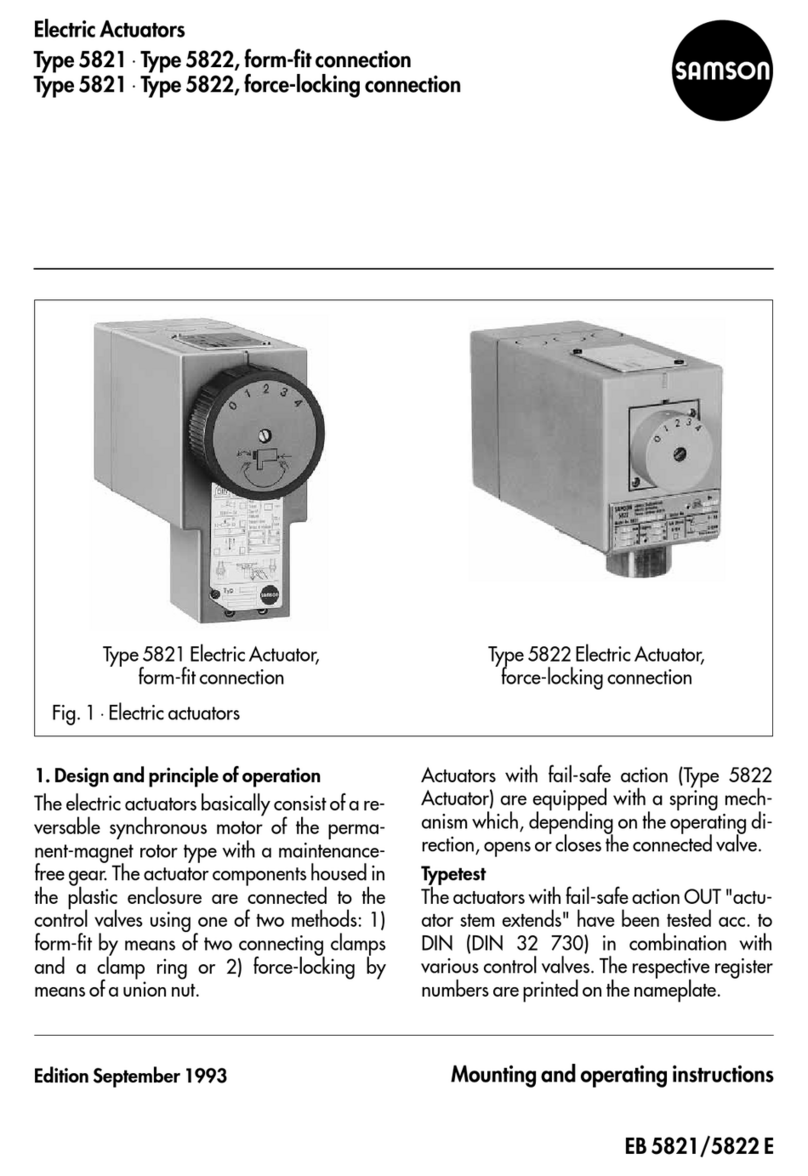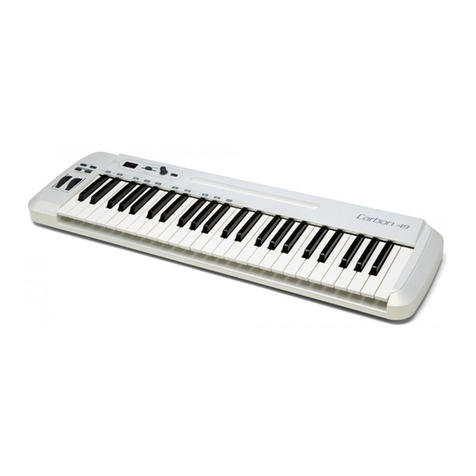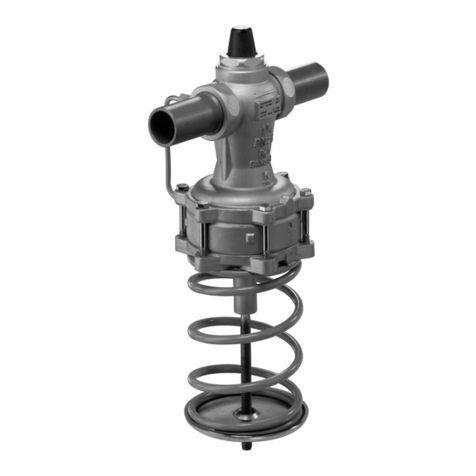
Contents
EB 8315 EN
1 Safety instructions and measures ................................................................1-1
1.1 Notes on possible severe personal injury ......................................................1-4
1.2 Notes on possible personal injury ................................................................1-4
1.3 Notes on possible property damage.............................................................1-5
1.4 Warnings on the device...............................................................................1-6
2 Markings on the device ..............................................................................2-1
2.1 Actuator housing inscription ........................................................................2-1
3 Design and principle of operation ...............................................................3-1
3.1 Direction of action.......................................................................................3-2
3.2 Fail-safe action ...........................................................................................3-2
3.3 Versions .....................................................................................................3-2
3.4 Accessories ................................................................................................3-2
3.5 Technical data ............................................................................................3-2
4 Shipment and on-site transport ...................................................................4-1
4.1 Accepting the delivered goods .....................................................................4-1
4.2 Removing the packaging from the device ......................................................4-1
4.3 Transporting and lifting the actuator .............................................................4-1
4.4 Storing the actuator.....................................................................................4-1
5 Installation.................................................................................................5-1
5.1 Preparation for installation...........................................................................5-1
5.2 Mounting the device....................................................................................5-1
6 Start-up .....................................................................................................6-1
6.1 Pneumatic connection..................................................................................6-1
6.2 Electrical connection....................................................................................6-1
6.3 Aligning the actuator (T1 version only) .........................................................6-2
7 Operation..................................................................................................7-1
7.1 Note on operation ......................................................................................7-1
8 Malfunctions ..............................................................................................8-1
8.1 Troubleshooting ..........................................................................................8-1
8.2 Emergency action .......................................................................................8-1
9 Servicing and conversion............................................................................9-1
9.1 Periodic testing ...........................................................................................9-2
9.2 Preparation for servicing or conversion work.................................................9-2
9.3 Exchanging the actuator bonnet...................................................................9-2
9.3.1 Removing the cover.....................................................................................9-2
9.3.2 Removing the Type 4740 Limit Switch ...........................................................9-2
